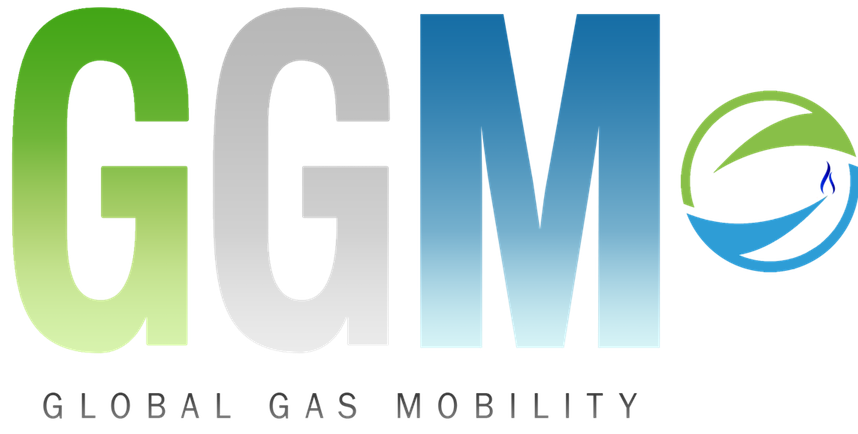 Four new Scania Interlink LD school buses running on CNG were delivered to the city of Ghent (Belgium). They replace four of the nine older diesel buses that the city owned, all of which will eventually be replaced by sustainable alternatives
Four new Scania Interlink LD school buses running on CNG were delivered to the city of Ghent (Belgium). They replace four of the nine older diesel buses that the city owned, all of which will eventually be replaced by sustainable alternatives
In this way, the city takes an additional step towards achieving its goal of climate neutrality by 2050. The Scania Interlink buses will mainly be used to transport students to the urban area of Ghent.
Ghent is a city in transition. Under the slogan "Ambition and boldness for Ghent", the new municipal administration of the city of Ghent has recently defined the framework of the new political agreement for 2019-2024: As a growing city, Ghent must continue to adapt circumstances and to play a pioneering role. The city's objectives are ambitious: to reduce by 40% (compared to 2007) the CO2 emissions of services providing travel by 2030.
A step ahead with natural gas
Ghent has recently made its first choice for CNG (compressed natural gas) buses: four Scania Interlink LD school buses, in addition to the eleven other Scania CNG trucks that will be delivered in the first quarter of 2019.
Ghent has chosen the most versatile and eco-friendly Scania bus in the range, the Interlink LD to CNG. This Low Decker, with a low and spacious entrance and a large luggage area, has a total length of 12 meters and offers 51 seats and possibly 26 standing places. These school buses are equipped with a 320 hp 5-cylinder gas engine that meets the stringent Euro 6 emission standards and can run on compressed natural gas (CNG) and biogas. 100% (Bio-CNG). This results in better air quality (significant reduction of fine dust and CO2 in the atmosphere, up to 20%), and less noise pollution. The Interlink buses are equipped with four composite gas tanks mounted in the roof unit, with a total capacity of 1,260 liters, which corresponds to an autonomy of about 450 km in urban school transport.
Framework agreement
The call for tenders launched by the City of Ghent for Scania Interlink LD school buses to the GNC is part of a global framework agreement, which encourages other municipalities to subscribe to it and to Follow Ghent's example of sustainable, safe and quiet school transport for students.
Source: SCANIA

How about making even cleaner go to H-CNG. There will be minimum if not no change for the bus. Hydrogen inserted into CNG and become H-CNG. . We (Galaxyfct) have a highly scalable hydrogen generator for the job
Vehicle fuel system components are usually certified to standards that do not allow to use more than 2% hydrogen by volume, so in order to use higher blends it should be demonstrated that they are not affected, and then modify the standards. Or vehicles should have to use components certified to H2-CNG blends following ISO standards for blended fuel.
Go to H-CNG.
Minimum if no changes is needed.
Galaxyfct have a hydrogen supply solution for mixing hydrogen to H-CNG.
Vehicle fuel system components are usually certified to standards that do not allow to use more than 2% hydrogen by volume, so in order to use higher blends it should be demonstrated that they are not affected, and then modify the standards. Or vehicles should have to use components certified to H2-CNG blends following ISO standards for blended fuel.